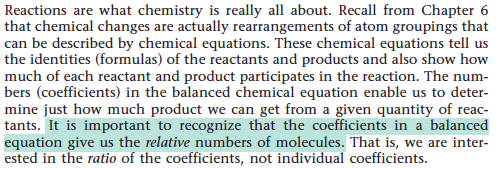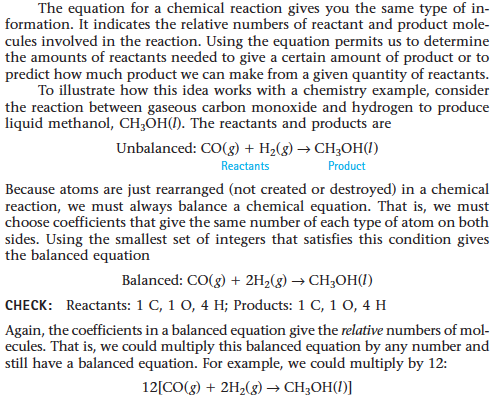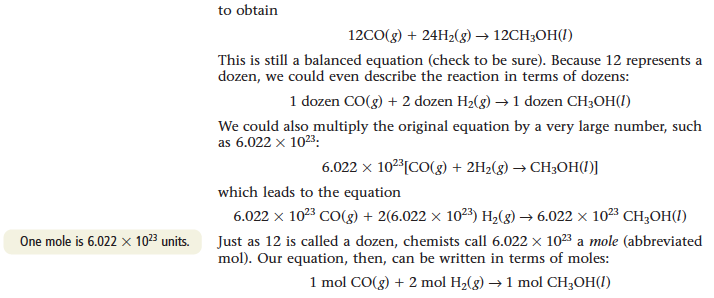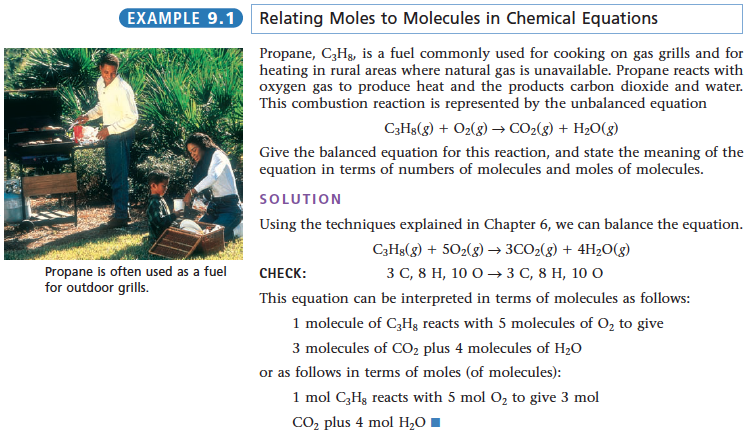- Home
- Chapters Part 1
- Chapter 1
- Chapter 2>
- Chapter 3>
- Chapter 4>
- Chapter 11>
- 11.1 Rutherford's Atom
- 11.2 Electromagnetic Radiation
- 11.3 Emission of Energy by Atom
- 11.4 The Energy Levels of Hydrogen
- 11.5 The Bohr Model of the Atom
- 11.6 The Wave Mechanical Model of the Atom
- 11.7 The Hydrogen Orbitals
- 11.8 The Wave Mechanical Model: Further Development
- 11.9 Electron Arrangements in the First Eighteen Atoms on the Periodic Table
- 11.10 Electron Configuration and the Periodic Table
- 11.11 Atomic Properties and the Periodic Table
- Chapter 12>
- 12.1 Types of Chemical Bonds
- 12.2 Electronegativity
- 12.3 Bond Polarity and Dipole Moments
- 12.4 Stable Electron Configurations and Charges on Ions
- 12.5 Ionic Bonding and Structures of Ionic Compounds
- 12.6 Lewis Structures
- 12.7 Lewis Structures of Molecules with Multiple Bonds
- 12.8 Molecular Structure
- 12.9 Molecular Structure: The VSEPR Model
- 12.10 Molecular Structure: Molecules with Double Bonds
- Chapter 5>
- Chapter 6>
- Chapter 7>
- Chapters Part 2






